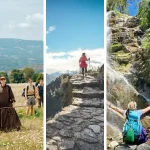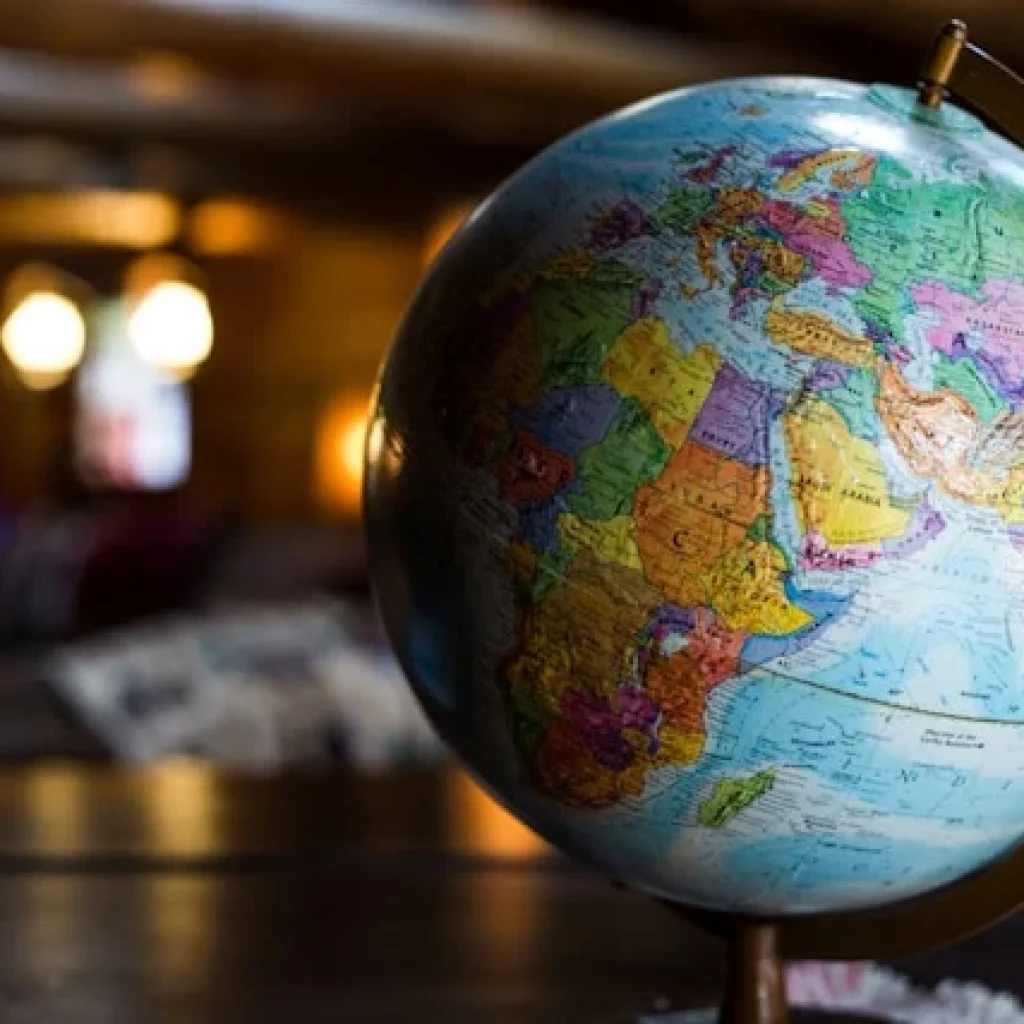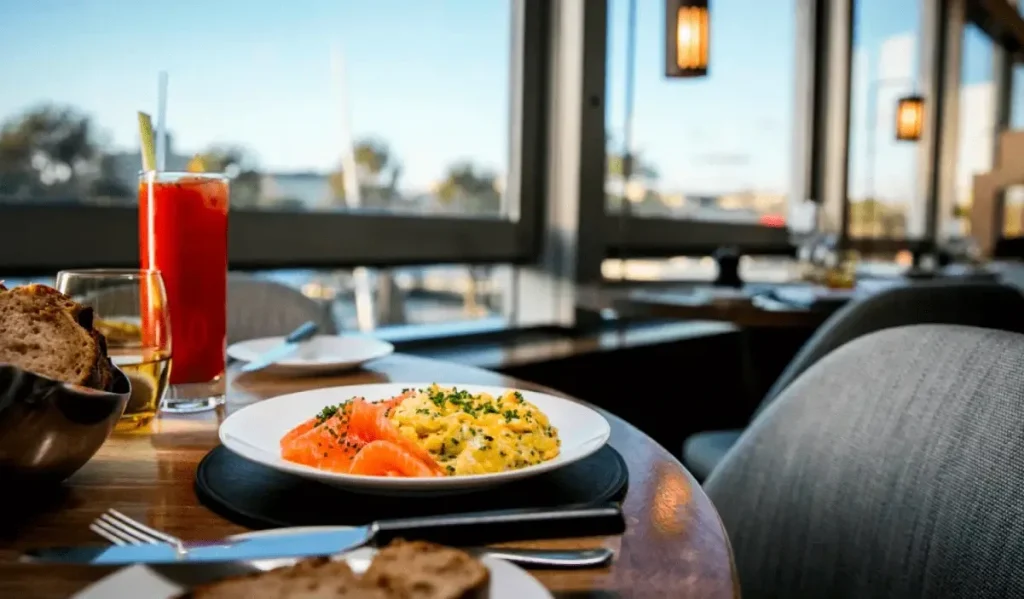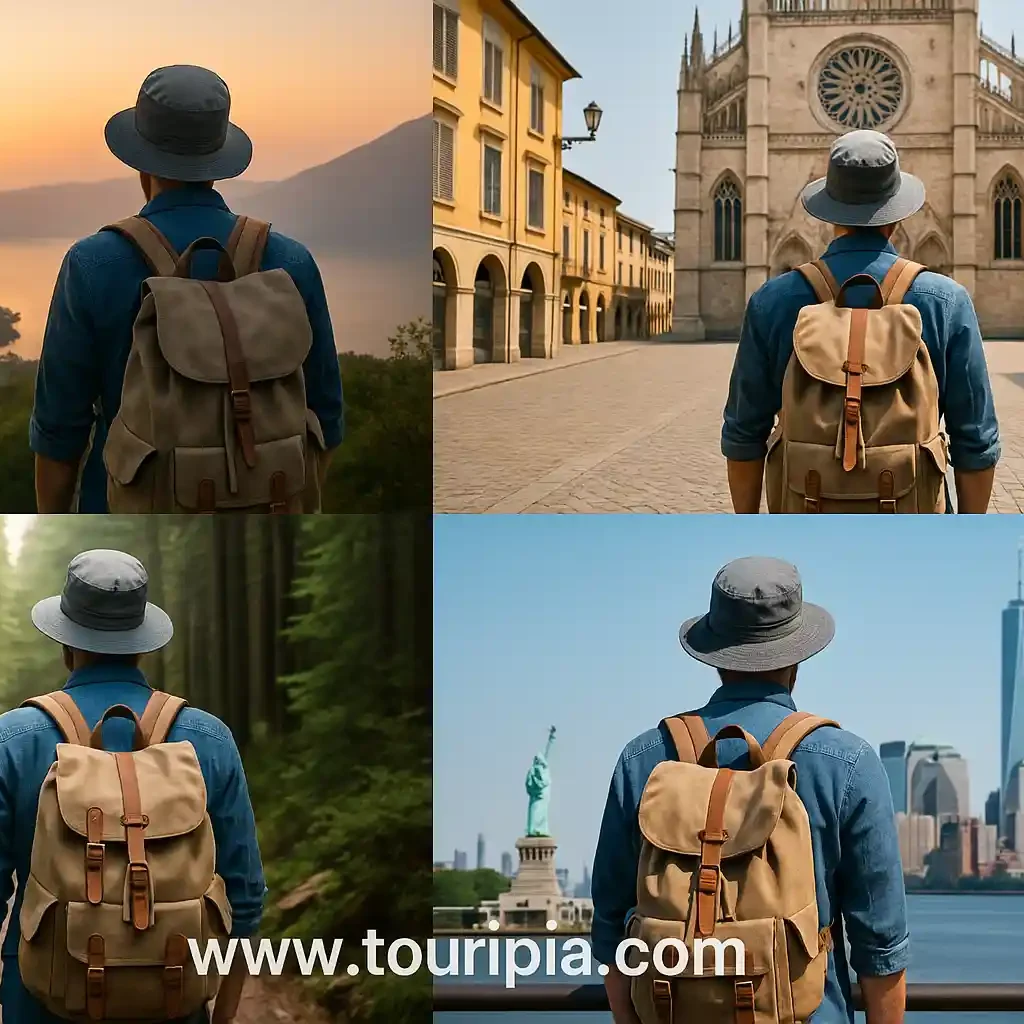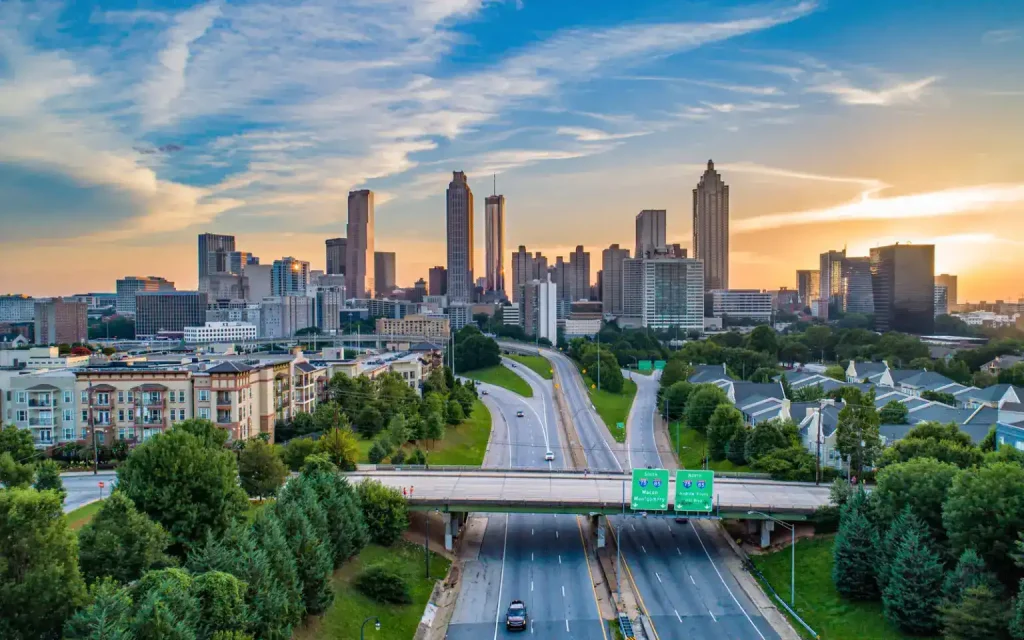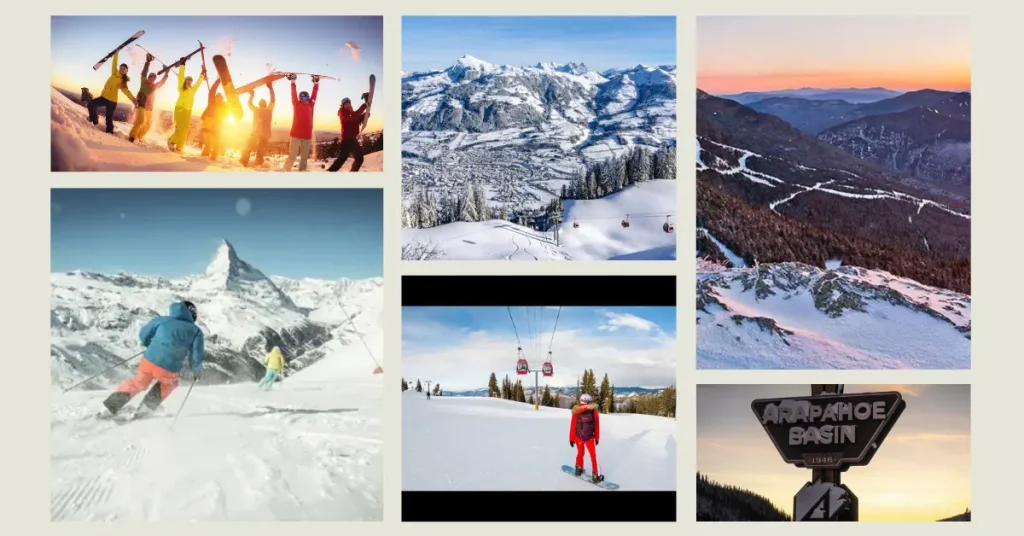What Are Two Tourist Destinations in CNMI You Absolutely Can’t Miss?
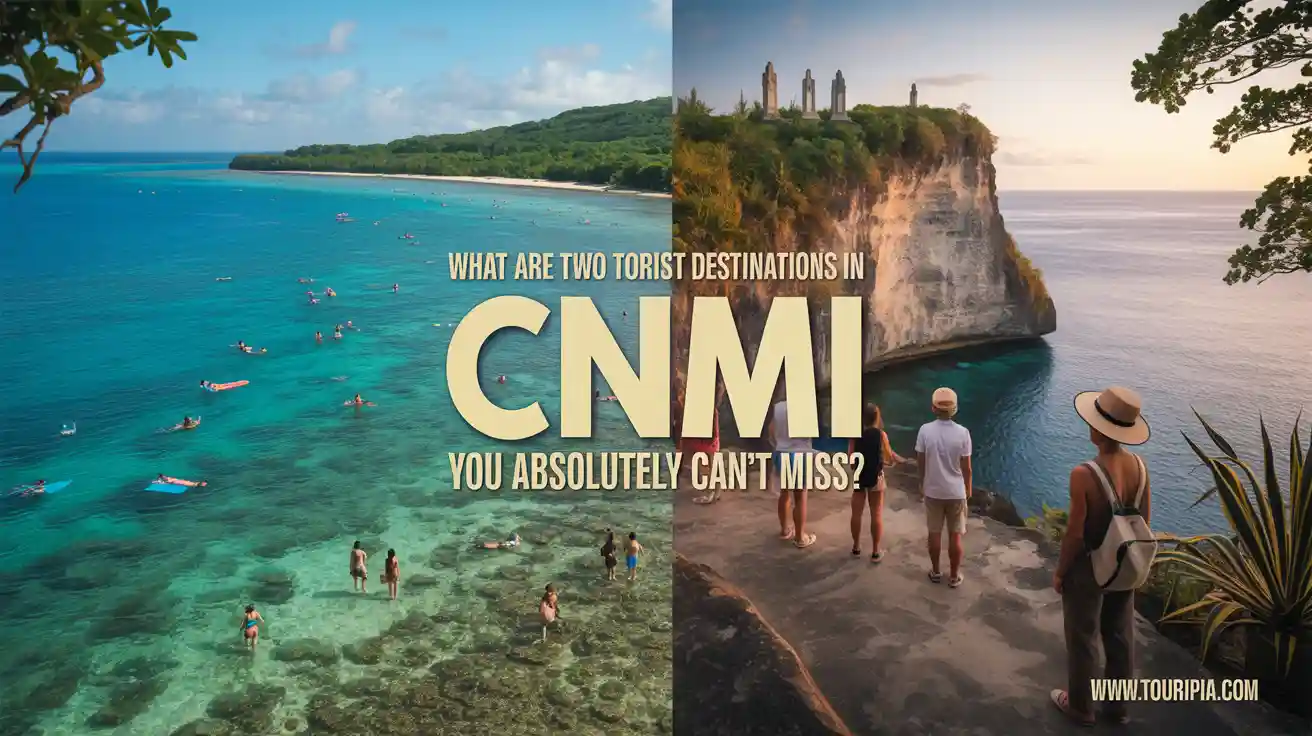
If you’ve ever stared at a map of the Pacific and noticed a tiny chain of islands floating quietly near Guam — you’re not alone in wondering, what’s out there? What Are Two Tourist Destinations in CNMI?
The Commonwealth of the Northern Mariana Islands (or CNMI) often flies under the radar, skipped over for splashier spots like Hawaii or Bali. But honestly? That’s kind of what makes it so special.
Picture this: you’re hiking past ancient latte stones under a sky so blue it feels fake, waves crashing nearby… then hours later, you’re walking a quiet beach where World War II history literally left its footprint. CNMI is full of these contrasts.
That’s why if you’re wondering what are two tourist destinations in CNMI that you absolutely shouldn’t miss — the answer is simpler than you think: Saipan and Tinian.
They’re not just beautiful. They’re layered, emotional, and, weirdly, still sort of undiscovered. Let’s dive in.
Quick Overview of CNMI: Small Dots, Big Stories
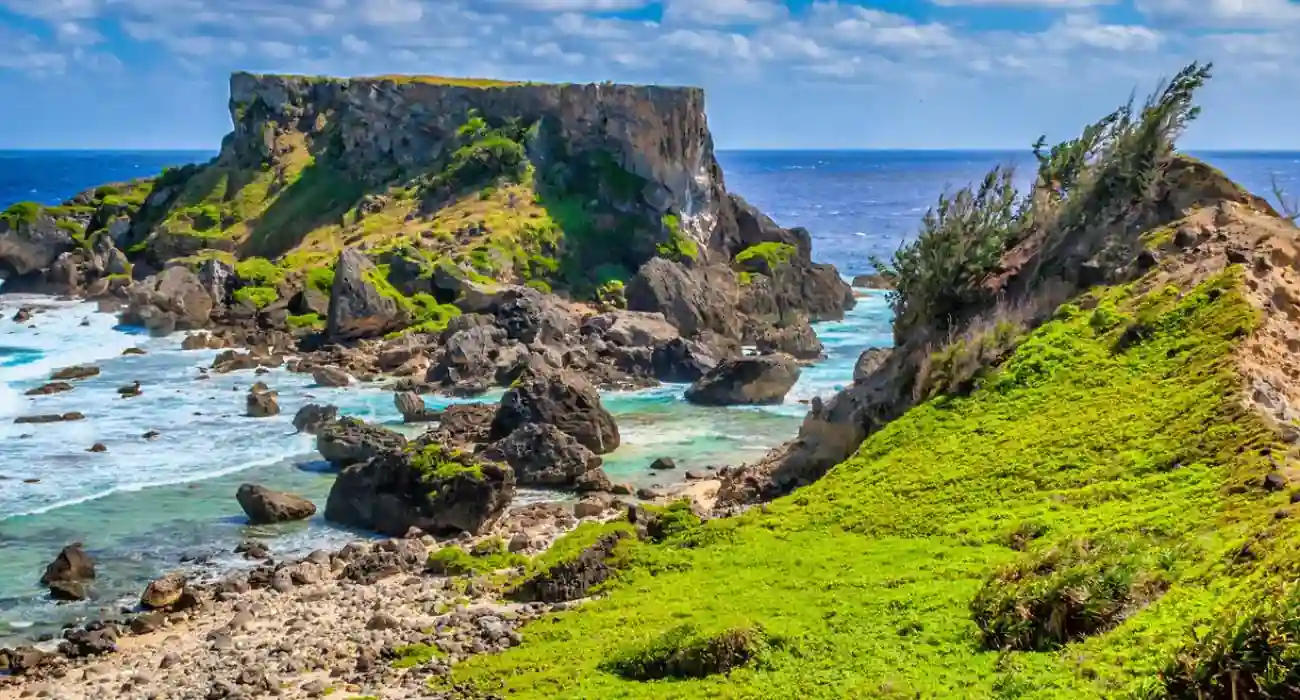
Before we get to the real must-visits, let’s zoom out for a second. CNMI — officially the Commonwealth of the Northern Mariana Islands — is made up of 14 islands, though only a few are inhabited. You’ve probably heard of Saipan. Maybe Tinian. Rota, if you’ve been doing your homework. But the rest? Mostly untouched, protected, and quiet.
These islands are a U.S. territory, so you’ll find the U.S. dollar in your pocket and English (alongside Indigenous Chamorro and Carolinian languages) on street signs and menus. No passport is needed if you’re a U.S. citizen. That’s one less thing to stress over.
But what draws travelers here isn’t just the convenience. It’s the raw mix of nature and narrative. The coral reefs, the WWII shipwrecks, the unexpected stories. You’ll hear echoes of Spanish colonization and Pacific Islander pride all in the same hour. And because most tourists still haven’t caught on? You’ll often have the views to yourself.
Pro tip: start in Saipan. Most flights land there anyway — and honestly, it sets the tone.
Destination #1: Saipan — The Heartbeat of CNMI
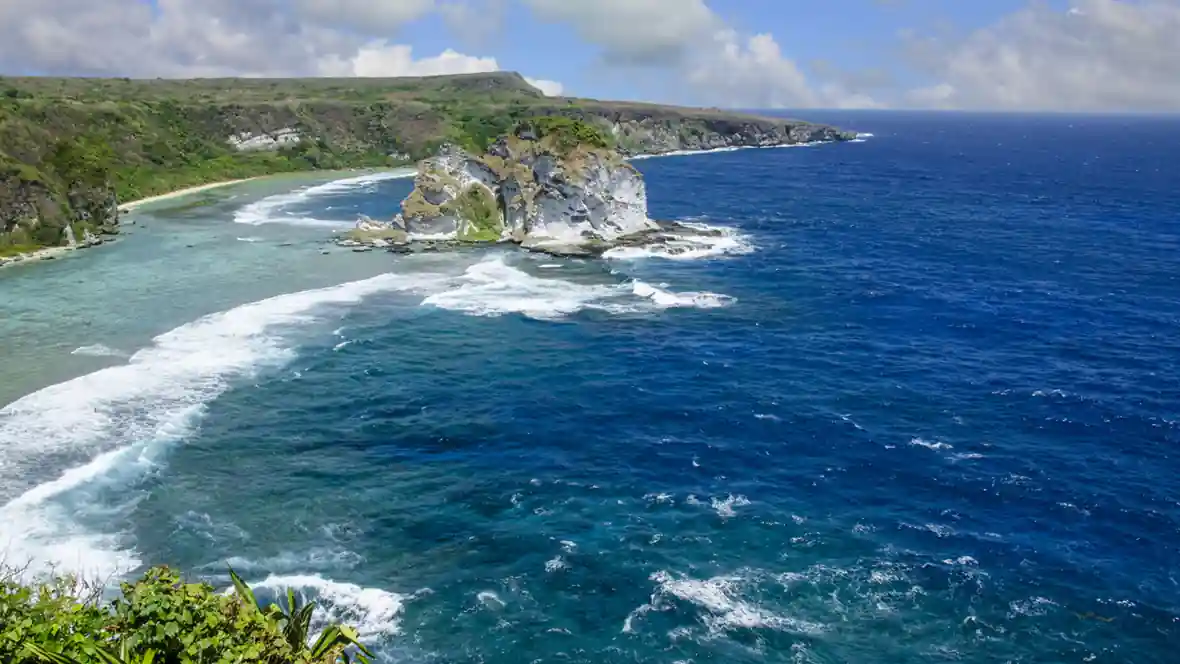
You know how some places just feel alive the moment you arrive? Saipan is like that. It’s the largest and busiest island in CNMI, home to the Saipan International Airport and most of the region’s tourism infrastructure. But don’t mistake “busiest” for overcrowded. Saipan still feels slow, like it’s exhaling while the rest of the world rushes by.
It’s where you’ll find the CNMI vacation packages for first-time visitors, the best hidden gems in Saipan for tourists… and yeah, also some emotional sucker punches, especially if you start exploring the WWII sites. More on that in a sec.
Let’s break it down.
✔️ The Grotto: More Than Just a Cavern
People throw around the phrase “bucket list” too much, but The Grotto earns it. It’s this surreal underwater limestone cavern that scuba divers travel across oceans to reach. Seriously — one moment you’re climbing down a rocky staircase, the next you’re drifting through deep-blue tunnels with beams of sunlight pouring through cracks above.
The visibility? Sometimes over 100 feet. You can snorkel here, but scuba diving is the real deal. And even if you don’t dive, just standing at the top of the cliff and watching the waves churn is worth the sweaty climb.
Oh, and bring a waterproof flashlight. There are corners of The Grotto that feel like they’re holding secrets.
✔️ Banzai Cliff & Suicide Cliff: Beauty Wrapped in History
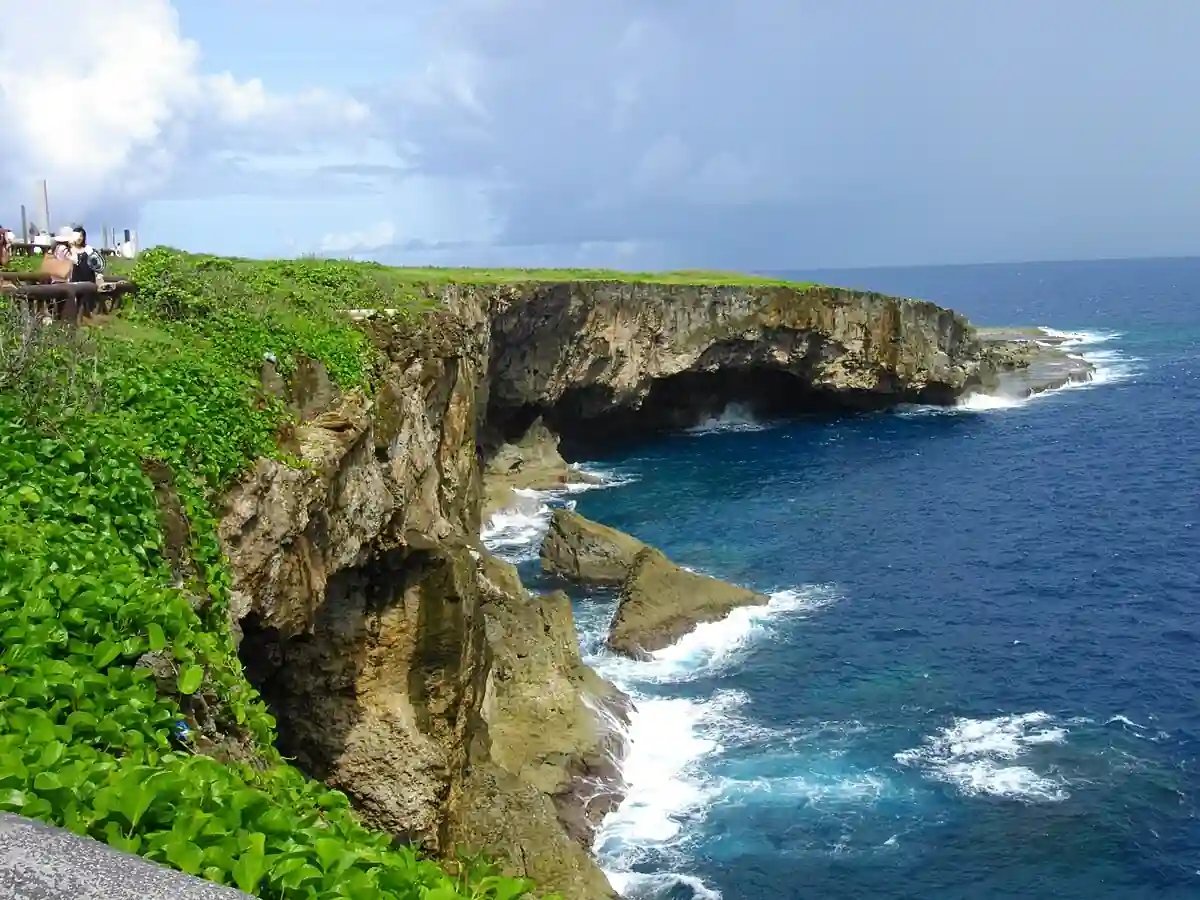
It’s strange how a place can be so breathtaking and heartbreaking at the same time. Banzai Cliff is one of those places. Towering over the Philippine Sea, the view is wide open… peaceful, even. But when you read the memorial signs and learn that thousands of Japanese civilians and soldiers jumped from this very cliff during World War II, the air shifts. It’s sobering.
Not far from here is Suicide Cliff — equally steep, equally stunning, and just as heavy with history. Together, these cliffs serve as haunting reminders of the war’s cost. You don’t walk away from them unchanged.
If you’re even a little into historical World War II tours, Saipan delivers. Between these sites, the American Memorial Park, and the Last Command Post tucked under a limestone cliff… it’s honestly one of the most layered places you’ll ever explore.
And yet, 10 minutes later, you can be barefoot on Micro Beach, watching kids chase each other while tourists sip juice from coconuts. That’s just how Saipan works.
✔️ Bird Island Lookout: Nature, With No Filter
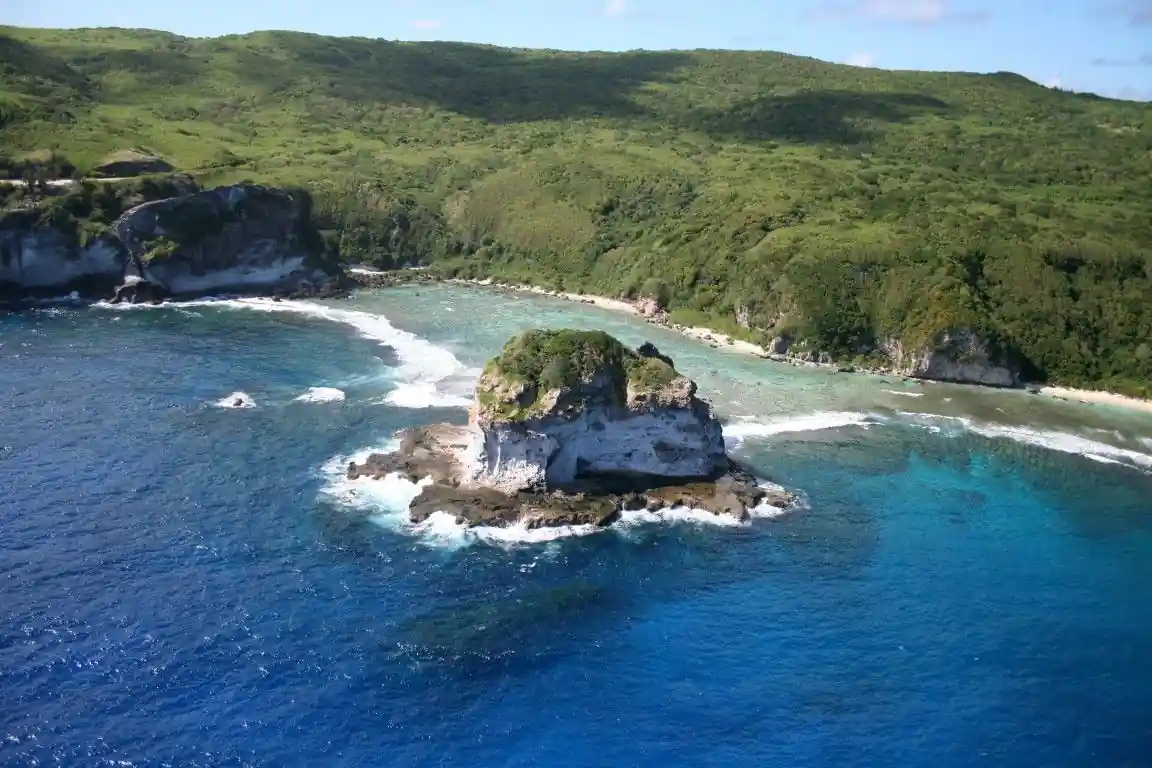
There’s this moment when you step onto the Bird Island Lookout platform… and suddenly the trees part, the wind hits your face, and you see it — this little emerald bump in the sea, circled by coral reefs so bright they look Photoshopped. That’s Bird Island.
But it’s not just about pretty views. This is part of a protected marine sanctuary, so the surrounding waters are alive with fish, seabirds, and occasionally, a sea turtle or two if you’re lucky. Bird Island’s not meant for swimming, but the lookout is perfect for hikers, photographers, or just anyone who wants to feel like they’ve found something secret.
If you’re into unique cultural experiences, the northern part of Saipan also offers glimpses into traditional Carolinian navigation techniques. Sometimes you’ll see locals explaining how they used stars and swells to travel between the Northern Islands — something you won’t exactly find in a mainland museum.
✔️ American Memorial Park & Garapan: Soft Evenings and Storytelling
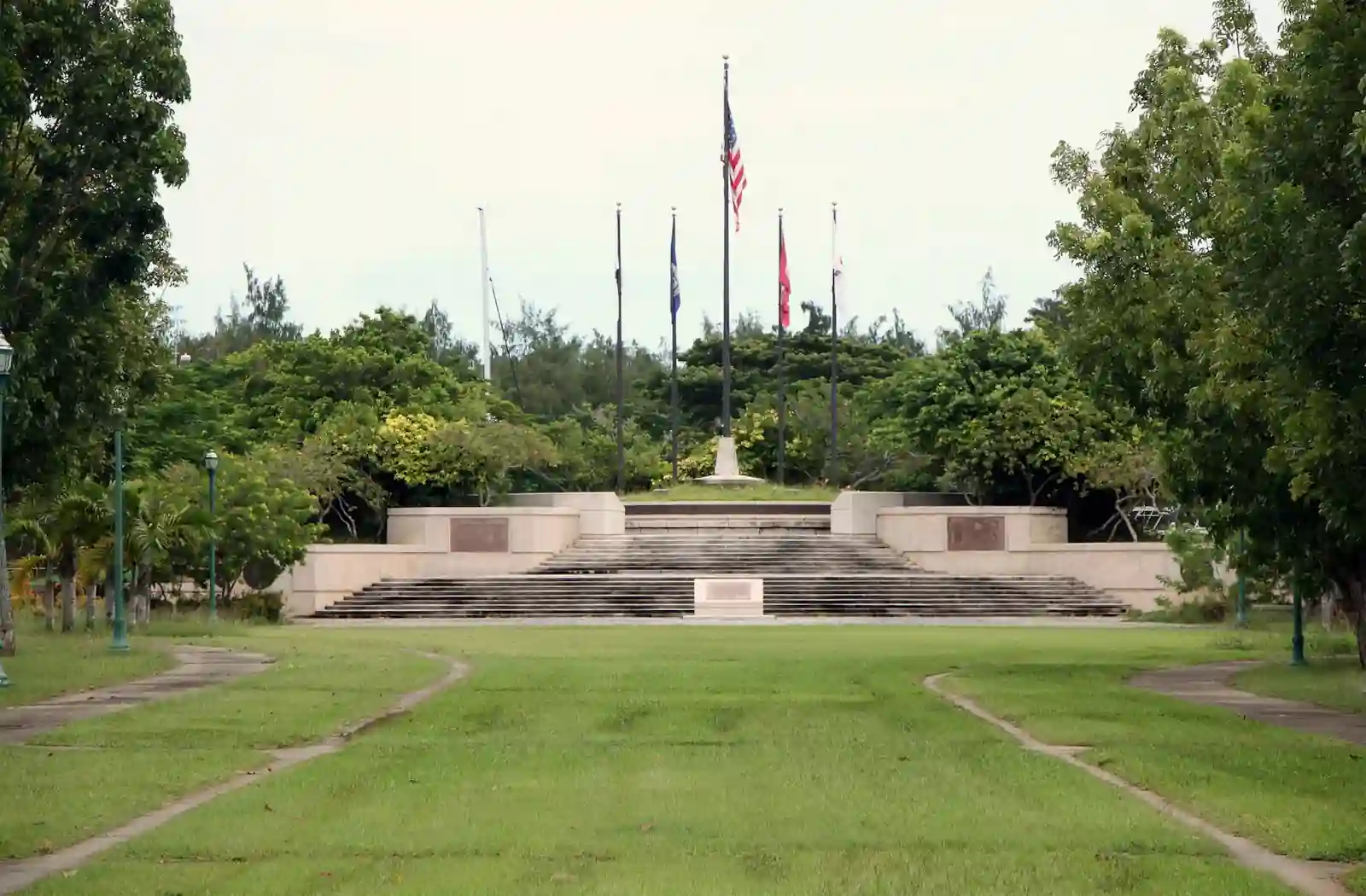
After a long day of island hopping and deep dives (both literal and emotional), Garapan’s where you wind down. It’s the social hub of Saipan — think street vendors, souvenir shops, and the occasional reggae band playing at a bar that looks like it was built yesterday… or maybe 1982. Hard to tell.
On Thursday nights, the Garapan Street Market lights up. There’s BBQ in the air, and probably someone selling fresh kelaguen or red rice near the corner. You might stumble across Indigenous Chamorro and Carolinian dance performances too — usually unannounced, and all the better for it.
Right next to Garapan is American Memorial Park, a quieter space that blends tropical landscaping with war memorials and a museum. It’s free to enter. And if you time it right, you’ll catch golden hour on the lagoon side, when the whole place goes still for a moment… like it’s remembering something with you.
✔️ Mt. Tapochau: 360 Degrees of “Whoa”
Technically, it’s called Mount Tapochau, but locals just say “Tapochau” like it’s a friend’s name. It’s the highest point on the island — just over 1,500 feet — and honestly, the road to get there is half the fun.
You’ll need a 4×4 or a driver who doesn’t mind potholes and steep turns. The path feels more like an off-road adventure than a drive, and you’ll pass a few caves and World War II relics on the way up. Some people even stop at Kalabera Cave, which is rumored to have been used for both sacred rituals and wartime hiding spots. It’s eerie but fascinating.
From the top? You can see most of the island: the coastline, Suicide Cliff, parts of Garapan, and even the distant silhouettes of Tinian on a clear day. It’s where everything kind of connects — history, nature, the present.
✔️ Where to Stay in Saipan: Options for Every Traveler
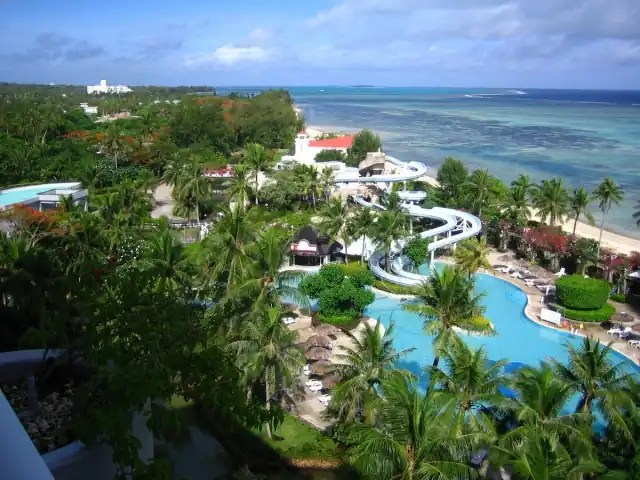
Saipan’s not overflowing with hotels, but what’s there fits just about every vibe. If you’re on a tight budget and don’t mind simplicity, Himawari Hotel is clean, close to restaurants, and has its own market. Great for long stays.
If you’re looking for something a bit more polished — like you want to wake up near the beach but not pay luxury rates — Aqua Resort Club hits that middle ground. Families especially love it for its pool and location.
For full-on resort luxury (we’re talking spa days, ocean views, Louis Vuitton in the lobby), check out the Kensington Hotel or Hyatt Regency Saipan. Both offer CNMI vacation packages for first-time visitors, and you’ll find plenty of scuba diving and snorkeling tours departing nearby.
✔️ Food, Culture, and a Few Pleasant Surprises
No trip to Saipan is complete without at least one awkward encounter at a local food stall — like the time I accidentally ordered five servings of taro instead of one. Still ate it. Worth it.
Chamorro BBQ chicken, coconut-based desserts, kelaguen, and island-style grilled fish are everywhere. Some restaurants even serve dishes made with locally caught reef fish, served with that signature spicy finadene sauce.
Oh, and if someone invites you to a backyard barbecue? Go. Even if you don’t know them. That’s kind of the island way — food is always a reason to gather.
You’ll see touches of Spanish colonization in some architecture, and hints of Japanese influence in older buildings. But what really sticks with you is the Chamorro culture and how warmly the locals embrace visitors… even the clueless ones like me trying to figure out the bus routes.
Destination #2: Tinian — Where History Meets Solitude
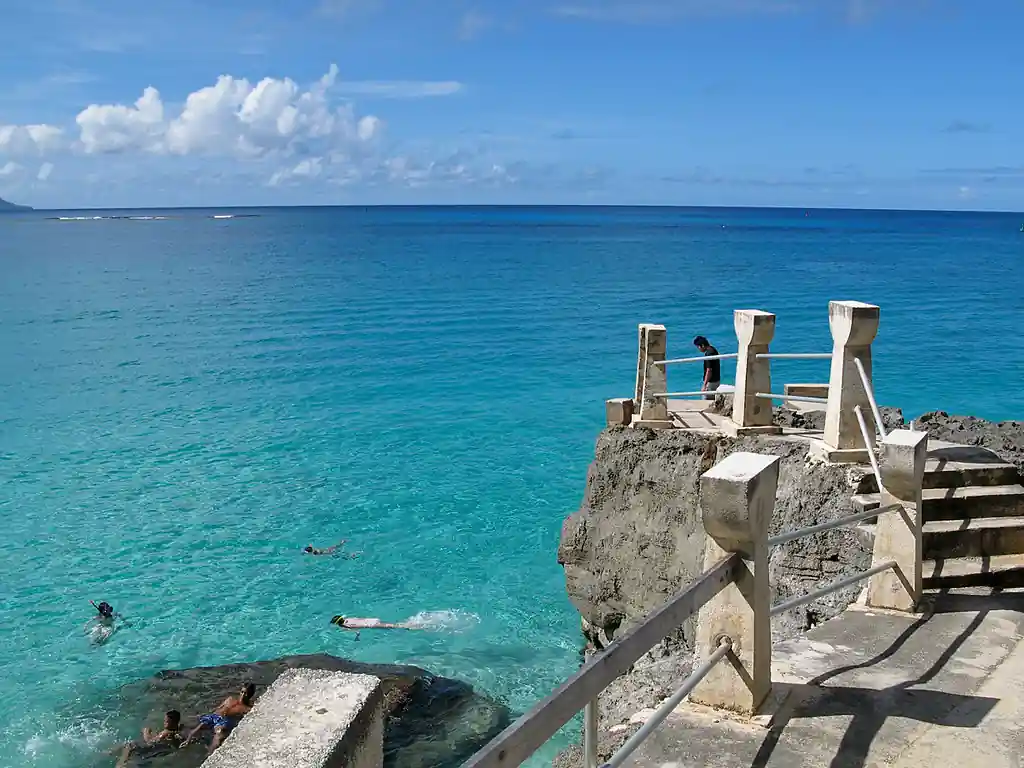
If Saipan is the social, energetic heartbeat of CNMI… then Tinian is its stillness. A quiet whisper compared to Saipan’s song.
Getting here is quick — just a 10-minute flight via Star Marianas Air or a ferry ride that feels more like a local secret. And once you arrive? It’s like the island exhales. The roads are nearly empty. The beaches feel untouched. And history… well, it’s everywhere. But in a very different way.
Tinian doesn’t push itself on you. You kind of have to listen. Or maybe just walk slowly enough to notice.
✔️ Taga Beach & The Tinian Blowhole: Nature Left Untamed
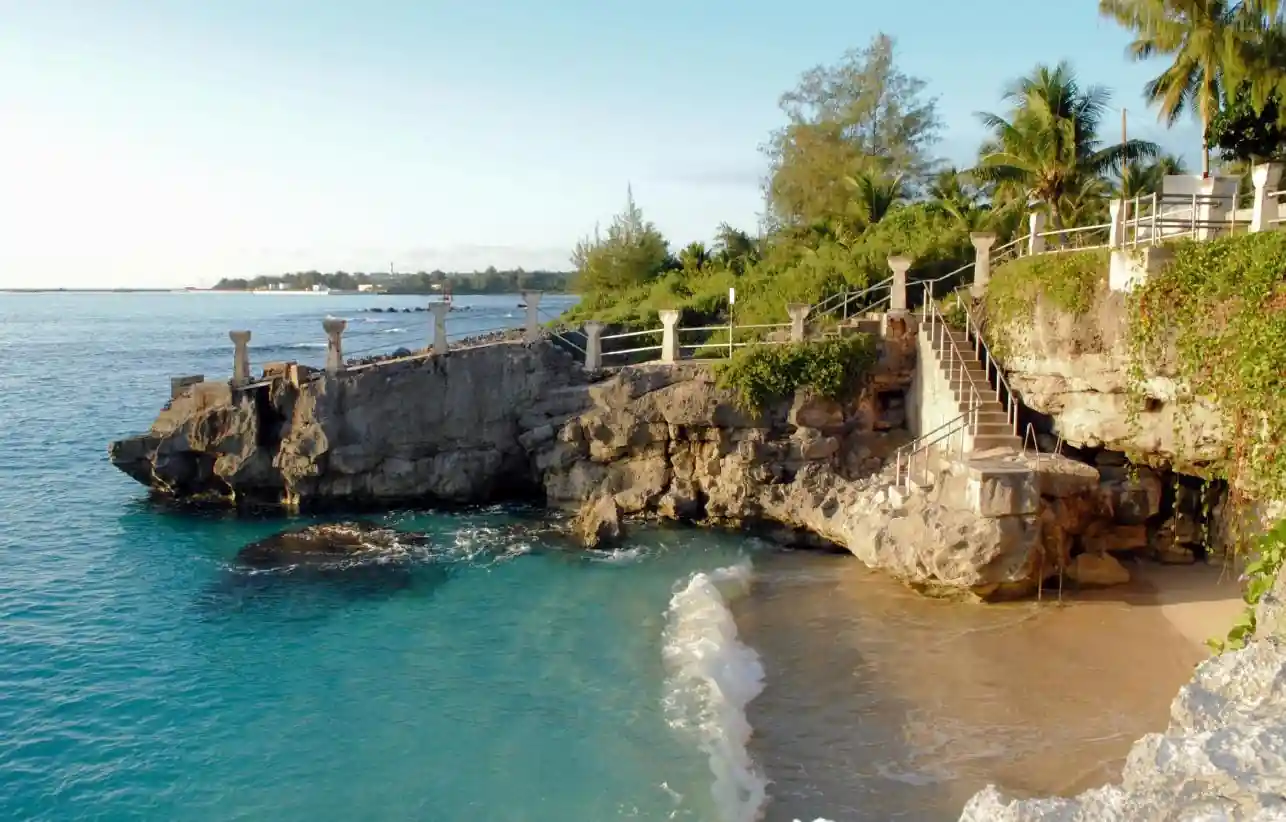
Start your Tinian visit with something simple: Taga Beach.
It’s not the flashiest beach in the Marianas. There’s no line of loungers or smoothie bars. But that’s exactly why it works. The sand is soft, the water impossibly clear, and there’s usually no one else there. It’s like someone handed you a postcard… and then let you live in it for a few hours.
A short drive away, you’ll hear it before you see it — The Tinian Blowhole. Waves smash against a lava rock formation, shooting seawater into the air like a natural geyser. Sometimes it goes 20 feet up. Sometimes more. You can stand close enough to feel the mist, but don’t get too close — this part of the coastline isn’t fenced or polished.
It’s one of those moments where you stop and realize how untamed the Pacific still feels out here.
Pro Tip: Visit the blowhole during high tide for the most dramatic effect. And wear shoes with grip… the rocks are slippery, especially after a rainfall.
✔️ North Field & the Atomic Bomb Pits: When Travel Turns Into Reflection
Then there’s North Field — and nothing quite prepares you for it.
This is where the Enola Gay took off in 1945. The very runway. The same field. And if that sentence lands with weight, that’s okay. It should.
You’ll walk past crumbling structures, quiet bunkers, and the Atomic Bomb Pits themselves — giant concrete craters where the bombs were loaded into the planes. No tickets. No gift shop. Just silence, wind, and maybe a sense that time hasn’t moved much here.
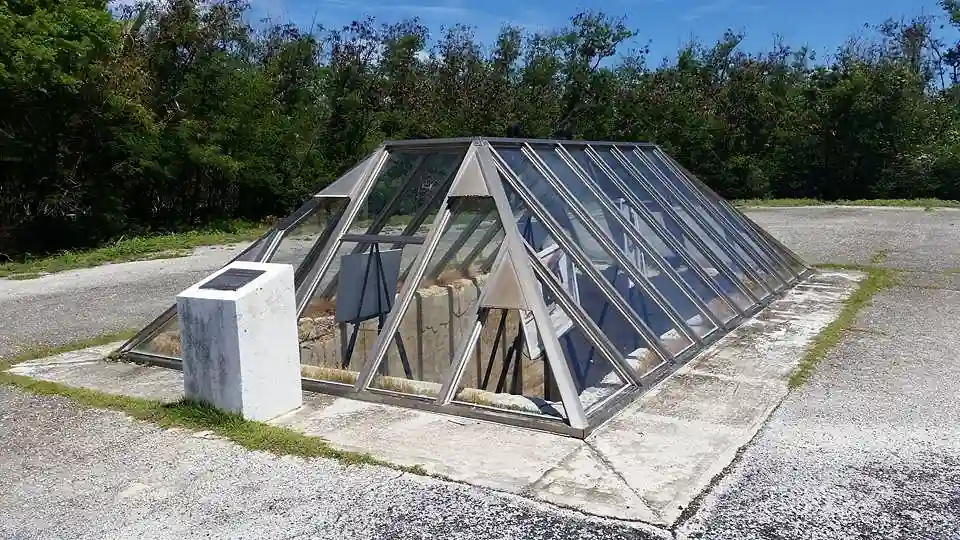
It’s an oddly emotional spot. Not grand or theatrical. Just real.
If you’re curious about historical World War II tours, this is one of the most raw, unfiltered stops in all of the Northern Mariana Islands. There are plaques with information, sure… but what hits hardest is what’s not said. What you feel walking between the ghostlike remnants of hangars and fuel depots.
✔️ House of Taga: Ancient Roots in Stone
Tinian isn’t just about the war. Far from it. Long before the Enola Gay or American troops, the island had a thriving Chamorro culture — and some of that legacy still stands.

The House of Taga is a set of massive latte stones, believed to be the supports of a grand home built for Chief Taga, a legendary figure in Chamorro folklore. Only one stone pair remains fully upright now, but they’re enormous — taller than a person, made of coral limestone, and somehow carved centuries ago.
You might not expect a sense of awe from a few carved rocks in the middle of the jungle, but there it is.
Local legend says Chief Taga had superhuman strength, and that his house once held dozens of these stones. Whether that’s true or not almost doesn’t matter. The presence of the place is what stays with you. You feel it more than you understand it.
✔️ San Jose Village: Quiet Streets and Unexpected Smiles

Tinian’s only real town, San Jose Village, is the kind of place where everyone waves. Like, everyone. Even the kids riding past on bikes.
It’s small — a couple of local restaurants, a general store or two, and maybe a mechanic shop. But if you want to understand daily life in the Pacific Islands, this is it.
Grab a seat at a local eatery (try Ina’s Kitchen if it’s open) and go for whatever’s fresh. You’ll usually find Chamorro BBQ, red rice, and fish cooked the island way. And you’ll probably leave with a story — someone will ask where you’re from, offer directions, or talk about a cousin who works in Saipan.
It’s casual, friendly, and slightly sleepy. And for travelers burned out on crowds and curated experiences, it’s kind of perfect.
✔️ Where to Stay in Tinian: No Frills, All Heart
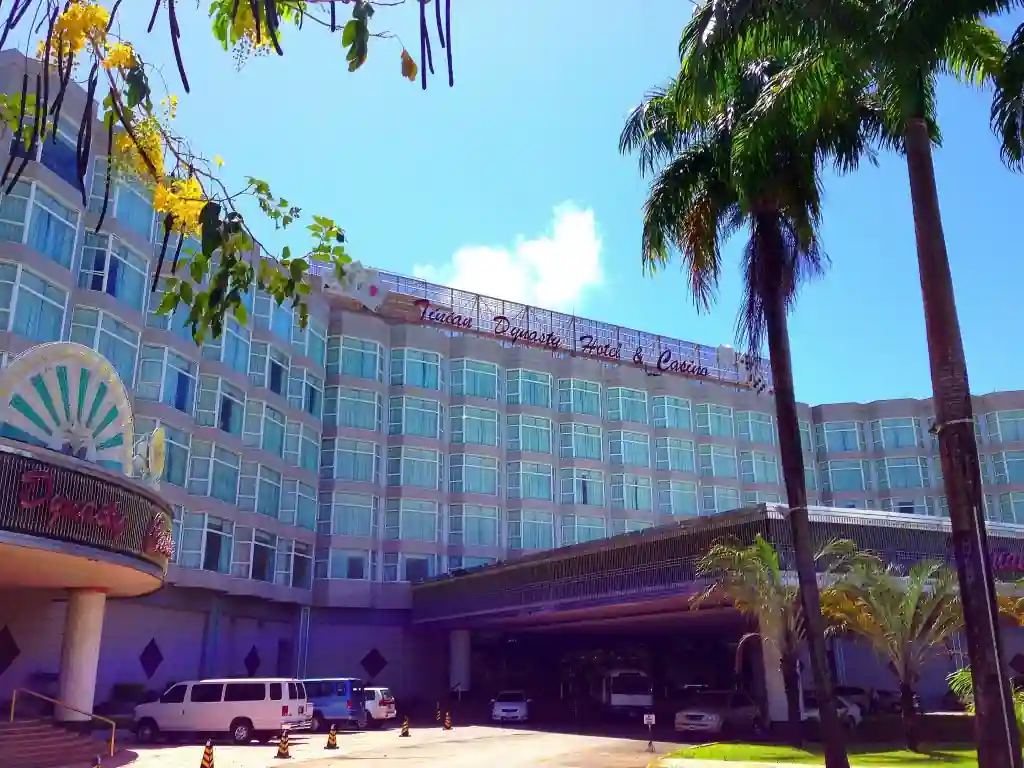
Let’s be real: Tinian isn’t packed with resorts. You’re not booking a suite at the Pacific Islands Club Saipan here.
But what you do get are local guesthouses that are cozy, affordable, and personal. The Tinian Ocean View Hotel is the main option — modest rooms, basic amenities, and a killer view of the coast. And then there are smaller spots scattered around the island run by families who’ll likely treat you more like a guest than a customer.
Rooms fill up faster during local holidays, though. So plan ahead if you can.
✔️ Tinian Travel Tips: A Quick Hit List
Tinian isn’t tricky to navigate, but here are a few things worth knowing:
- Pack your essentials. There are no mega-stores, and supply ships don’t always run on time.
- Cash is king. While some places take cards, the Bank of Hawaii ATM isn’t always reliable.
- Transportation? Rent a scooter or car if possible. Public options are very limited.
- Expect peace. If you’re looking for nightlife or endless tours, this isn’t your island. But if you want to hear yourself think… yeah. You’ll love it.
- Cell service and Wi-Fi? Patchy at best. That can be frustrating or freeing — depending on your mood.
Honorable Mentions: Rota and the Other Islands
Let’s not pretend Saipan and Tinian are the only islands worth seeing. If you’ve got a few extra days — and a bit of flexibility in your plans — Rota deserves your attention.
They call it “The Friendly Island,” and it kind of lives up to that. Everyone seems to know everyone, but visitors are still greeted like extended cousins showing up late to dinner.
The Coral Reefs here are some of the most pristine in The Marianas. If diving’s your thing, this is a quieter, less-trafficked version of Saipan’s Grotto experience. Fewer boats, better visibility, and zero crowds.
You’ll find affordable tourist attractions all over the island — limestone cliffs, caves, secluded beaches — but maybe the most curious one is the Tonga Cave. It’s this natural cavern just outside Songsong Village that once served as a wartime shelter. Bring a flashlight.
And if you’re a bit of a culture nerd? Check out the latte site and Rota’s small museum. It’s not flashy, but it offers insight into local legends, artifacts, and the Chamorro-Carolinian roots that hold this place together.
Pro Tip: Rota’s vibe is rural and real. Don’t expect polished infrastructure. Flights go through Rota International Airport, but there aren’t many each week. Plan accordingly.
Travel Logistics: How to Visit These CNMI Destinations
Getting to CNMI is easier than you might think — but hopping between the islands? That takes a bit of planning. Here’s what you should know:
| Logistics | Details |
|---|---|
| Getting to CNMI | Direct flights land in Saipan International Airport from Guam, Seoul, Tokyo, and Manila. Guam is the main hub. |
| To Tinian | Short hop via Star Marianas Air (10 min) or ferry service (schedule varies). Ferries don’t run daily. |
| To Rota | Limited flights from Saipan or Guam. Check the small carriers in advance — schedules change with the wind (sometimes literally, thanks to Typhoon Yutu or others). |
| Getting Around | Rent a car. Taxis are rare and local buses don’t reach remote areas. You’ll want the flexibility, especially for scenic drives like Route 30 in Saipan. |
| Currency & Connectivity | U.S. dollars. Wi-Fi varies — don’t count on it in remote areas. Bring cash, especially for small shops. |
| Visa & Entry | U.S. citizens? You’re good — no passport needed. Others may need an ESTA or visa exemption under the Long-Term Resident Status program. Always double-check. |
One more thing: CNMI is technically part of the United States, but also deeply influenced by Pacific Islander identity, Indigenous Chamorro and Carolinian people, and Japanese wartime history. So you’ll hear “Hafa Adai” instead of “Hello,” and see US dollars next to local fish markets. It’s a blend — and that’s part of the appeal.
Final Words
You came here wondering what are two tourist destinations in CNMI that really stand out. Not just pretty, but… something more. Saipan and Tinian, if you’ve read this far, aren’t just islands. They’re layers. Of history. Of nature. Of feeling.
Saipan gives you energy — beaches like Micro Beach, sites like American Memorial Park and The Grotto, and that slightly chaotic, lived-in charm of Garapan. It’s where you hike a mountain in the morning and watch kids fly kites on Black Sand Beaches by sunset. And Tinian? It offers quiet. Heavy history and silence that teaches you things. You walk the runway where the Enola Gay took off… then sit by the sea, trying to make sense of it all.
If you’re still debating between Hawaii or somewhere in Thailand… maybe just pause. CNMI is part of the United States, but it doesn’t feel like it. And yeah, sure, you’ll find hiccups — patchy Wi-Fi, unpredictable ferry schedules, and maybe tap water that tastes different than what you’re used to. But that’s all part of it.
Give these islands a chance. Let The Marianas surprise you.
Frequently Asked Questions
1. Do I need a passport to visit CNMI?
If you’re a U.S. citizen, nope. Thanks to the jus soli rules and U.S. territorial status, CNMI counts as domestic travel. Just bring a valid government-issued ID.
2. What’s the best time to go?
Dry season, hands down — from December to June. That’s when the weather’s stable and you’re less likely to get caught in a surprise Typhoon Alley situation.
3. Is CNMI safe for solo travelers?
Yep. Especially in Saipan and Tinian. Just use the same common sense you would anywhere else. Locals are incredibly welcoming.
4. Can I go scuba diving without certification?
Some places like The Grotto do require certification, especially for deep dives. But there are intro experiences offered by local operators too. Always ask first.
5. What’s the deal with the Mariana fruit dove?
Funny you ask. It’s actually the territorial bird of CNMI — and no, you probably won’t see one unless you’re deep in the jungle or super lucky.
6. What language do people speak in CNMI?
English is widely spoken, but you’ll also hear Chamorro and Carolinian, especially in family-owned shops or local festivals.
7. Is the tap water safe to drink?
In bigger hotels, yes. In smaller guesthouses or rural areas… probably best to stick with bottled water, just to be safe.
8. Are there duty-free shops in CNMI?
Yes, especially in Saipan. You’ll find some near the Saipan International Airport, and others sprinkled through Garapan. Brands like Louis Vuitton even have a presence here (surprising, right?).
9. How do I visit the other islands like Pagan or Anatahan?
Honestly? You don’t — at least not easily. These Northern Islands are largely uninhabited and protected. Access requires special permits and boats, and even then, weather often cancels trips.
10. What’s something weird or random I should know?
There’s a Northern Mariana Islands Museum of History and Culture in Saipan — small but full of quirks. One exhibit includes stories about the garment industry boom in the 1980s. Didn’t expect that, did you?
Recent Posts
 20 Surreal Places in Mexico That Feel Too Dreamy to Be Real (2025)
20 Surreal Places in Mexico That Feel Too Dreamy to Be Real (2025) What Makes Santiago Ways the Most Trusted Camino Agency?
What Makes Santiago Ways the Most Trusted Camino Agency? What Makes Orbis Ways the Go-To Choice for Outdoor Travel Enthusiasts?
What Makes Orbis Ways the Go-To Choice for Outdoor Travel Enthusiasts? Holiday Party Planning 101: Why Transportation Should Be at the Top of Your List
Holiday Party Planning 101: Why Transportation Should Be at the Top of Your List A Complete Guide to Veneajelu – Types, Routes, Prices, & More
A Complete Guide to Veneajelu – Types, Routes, Prices, & More

